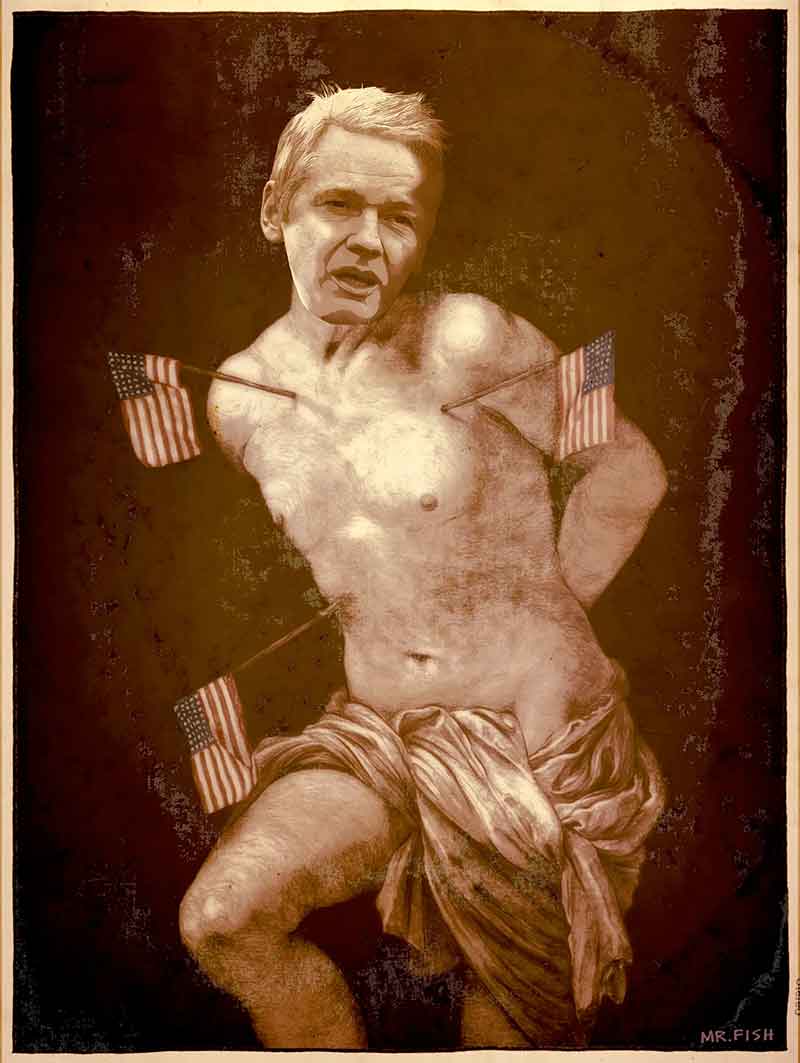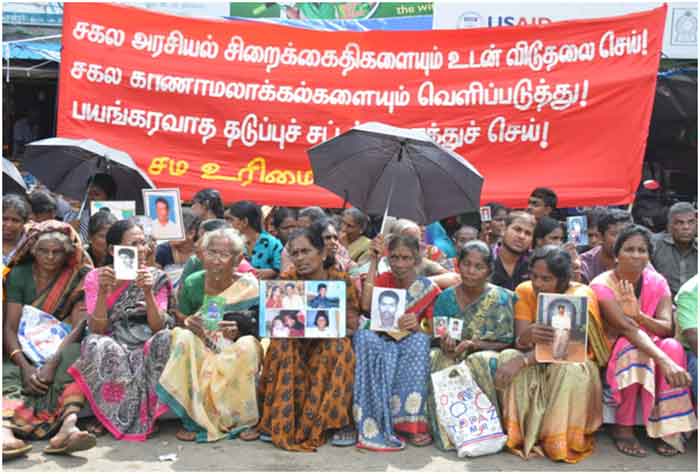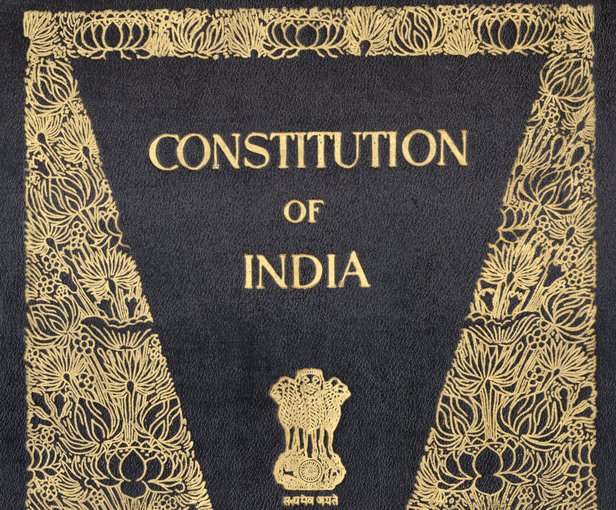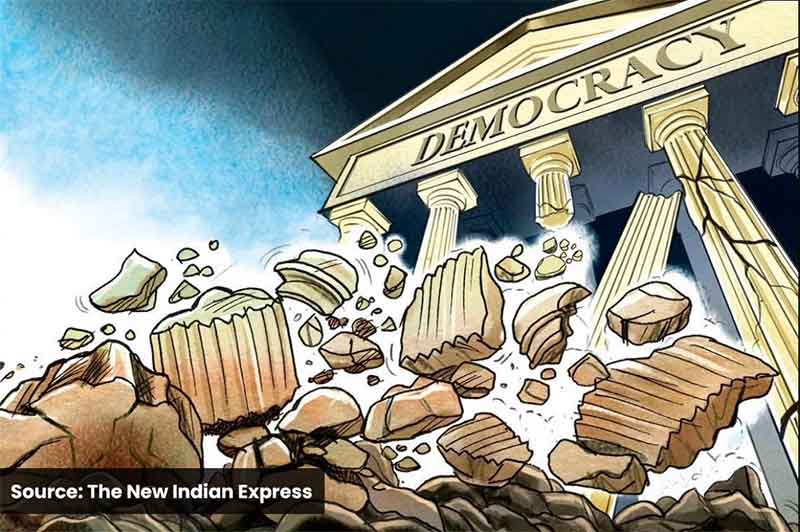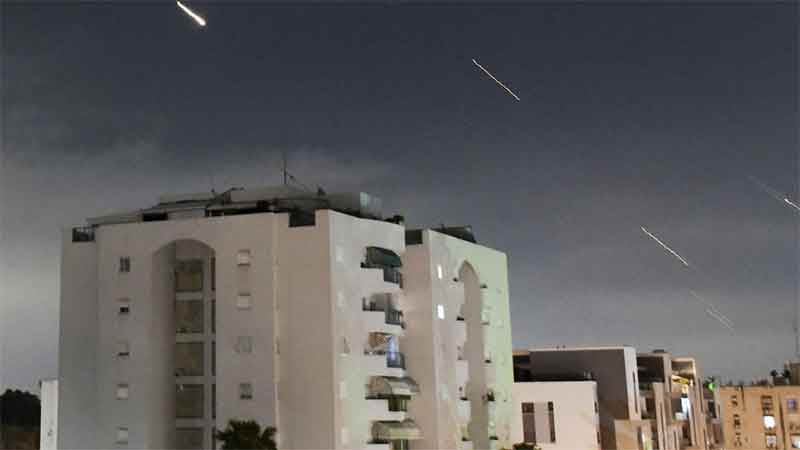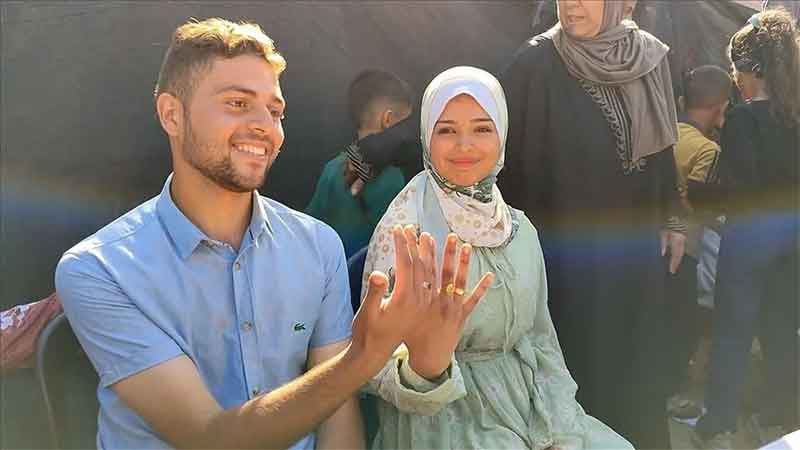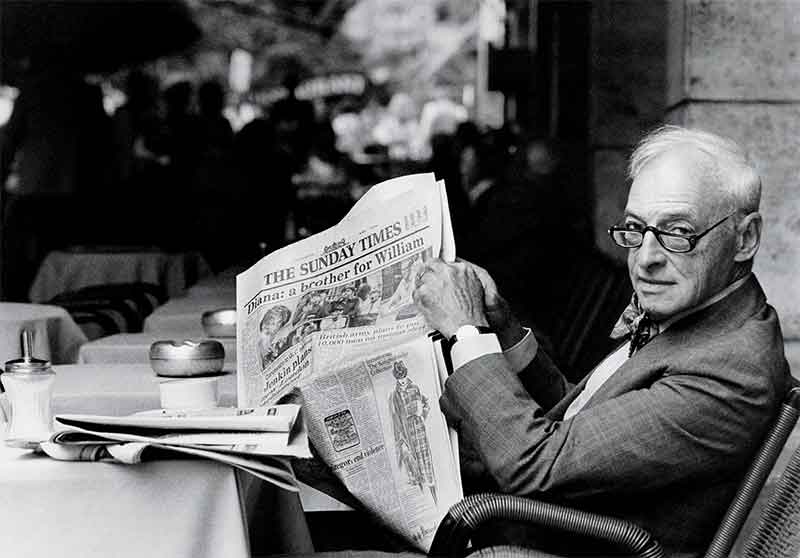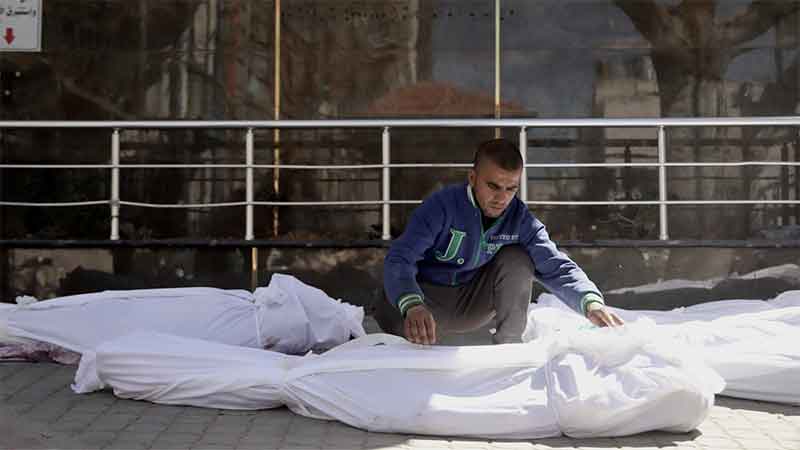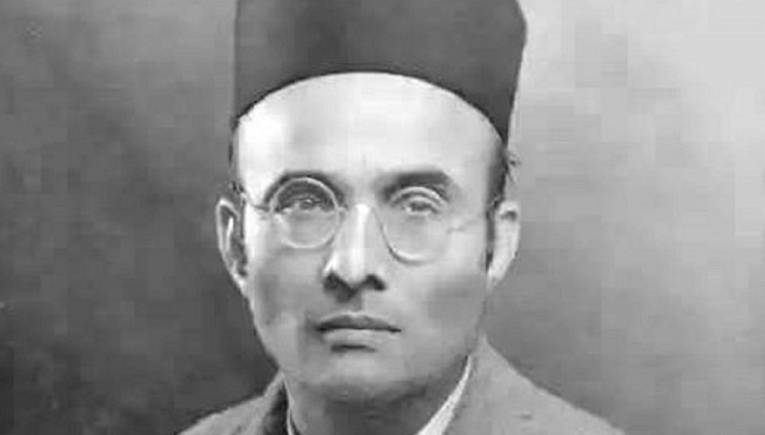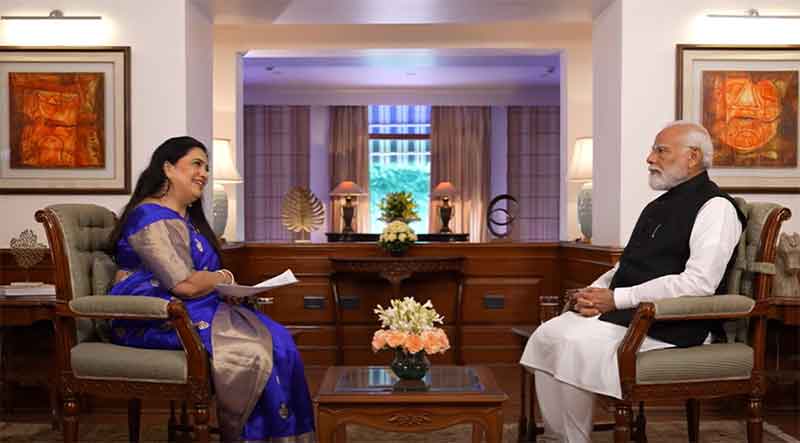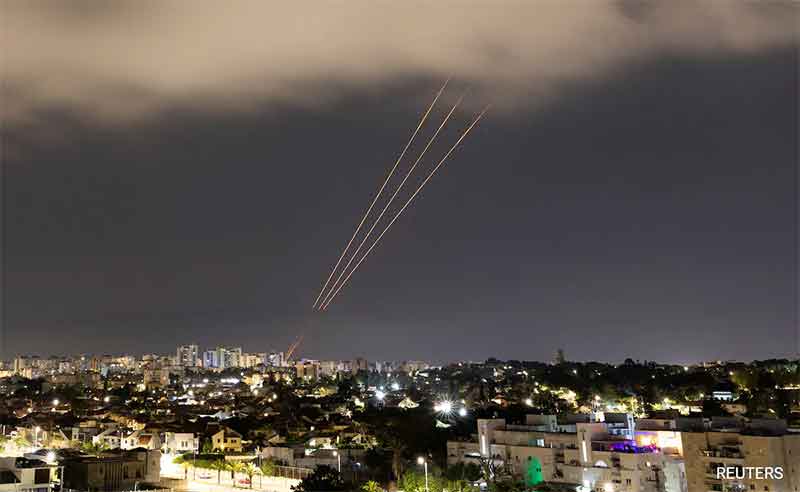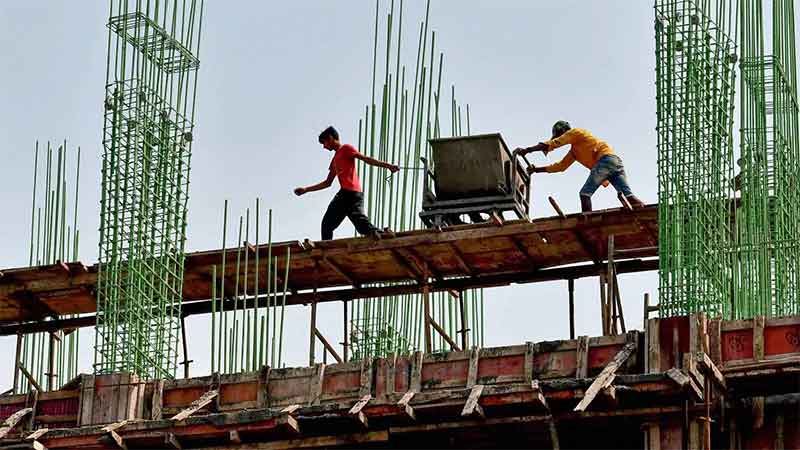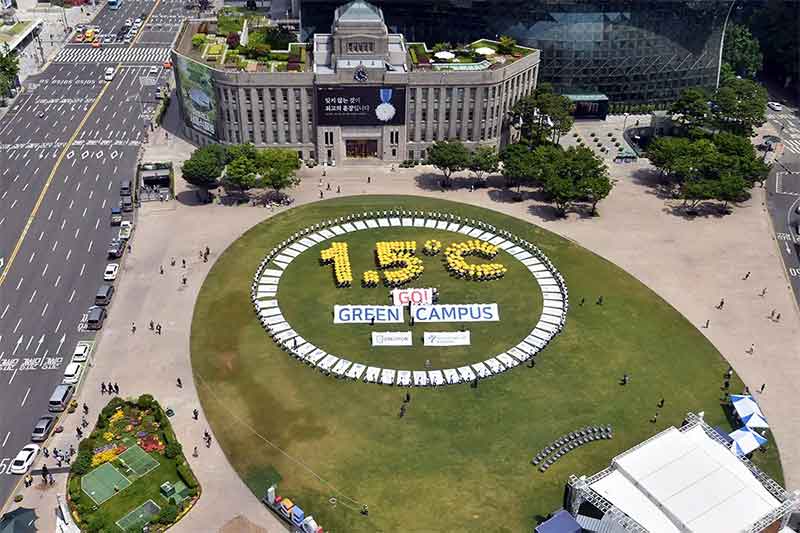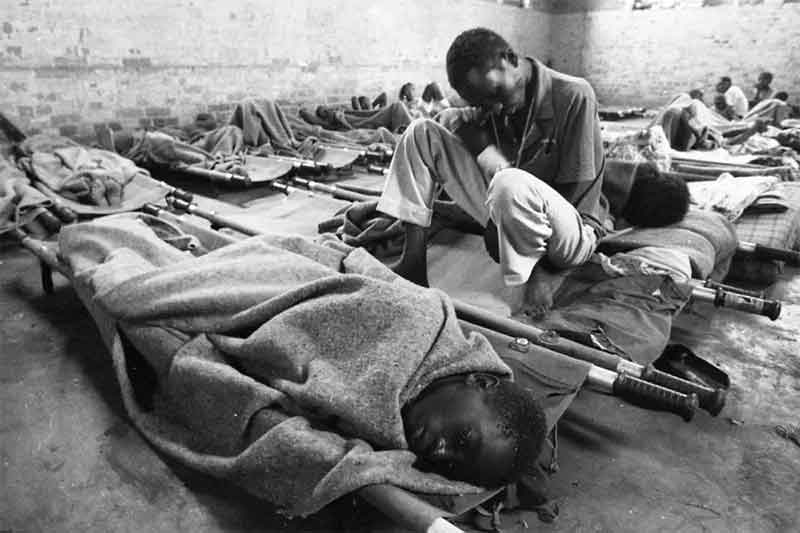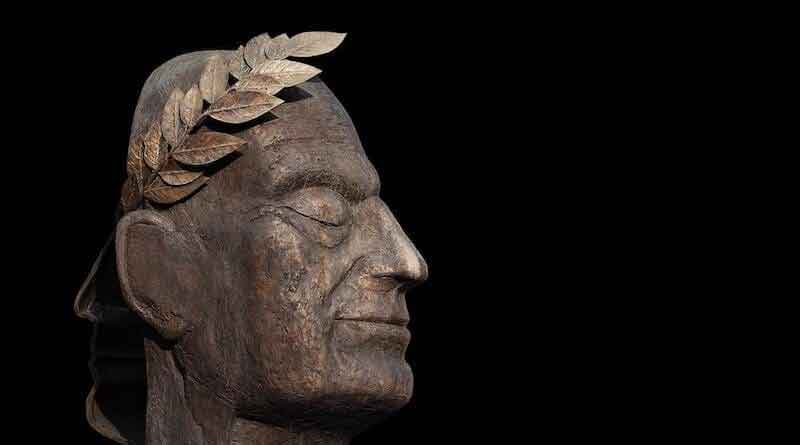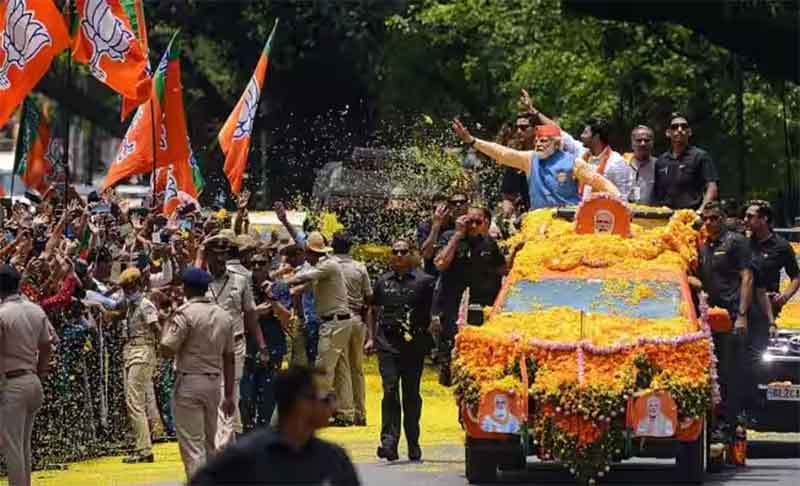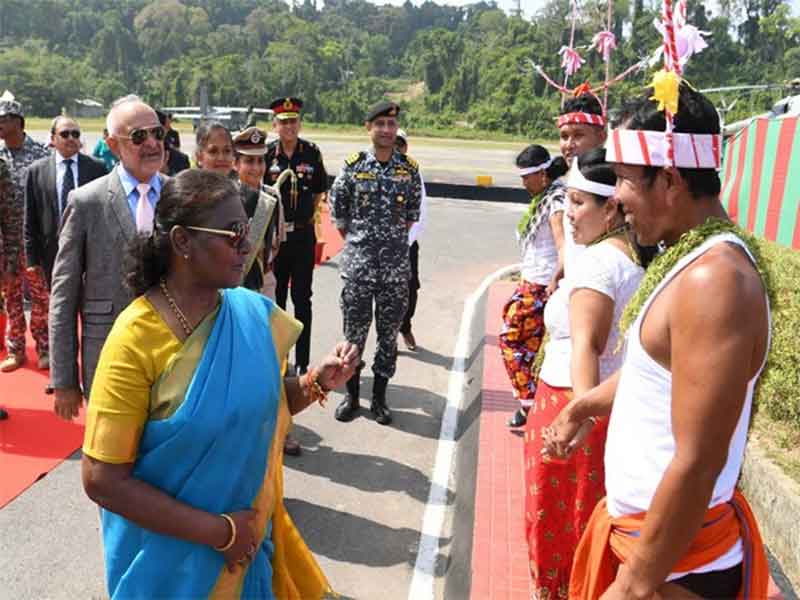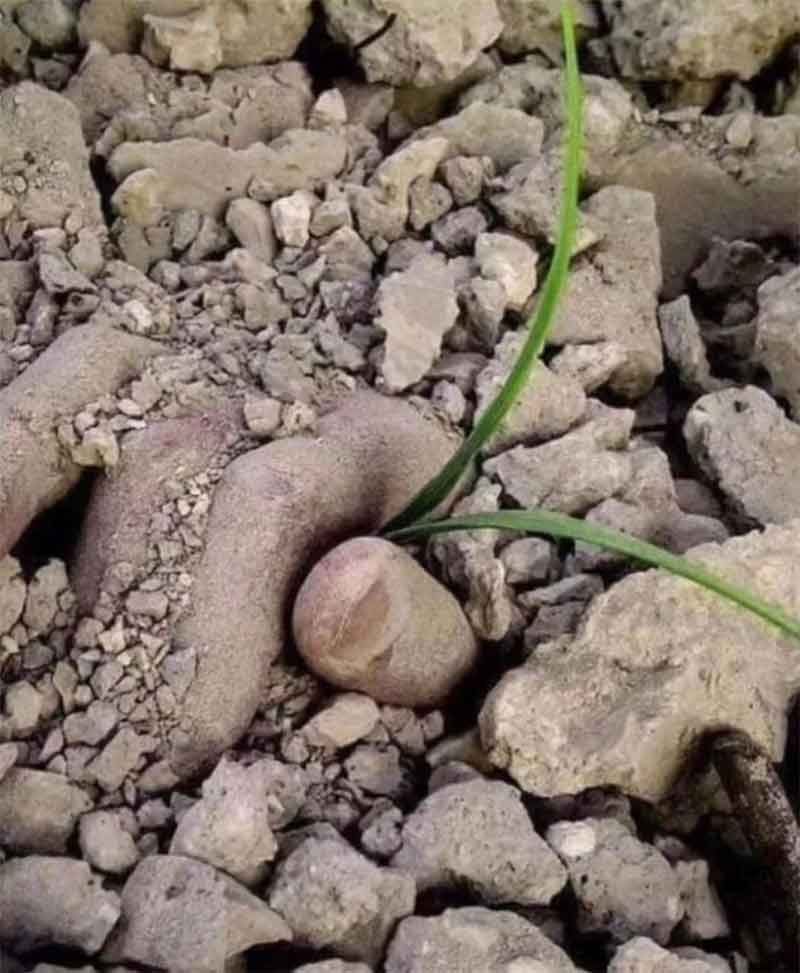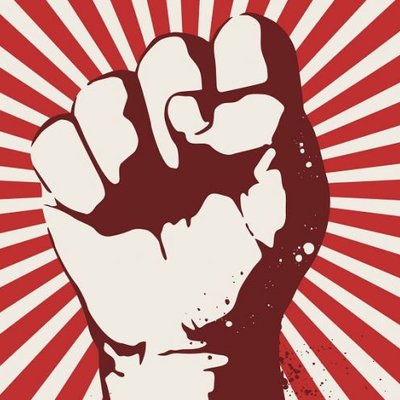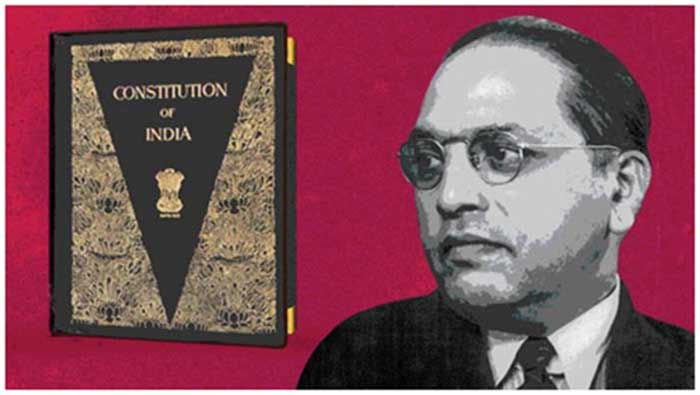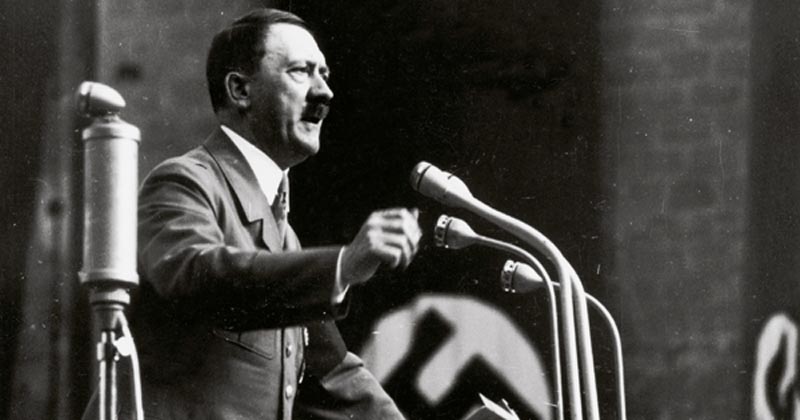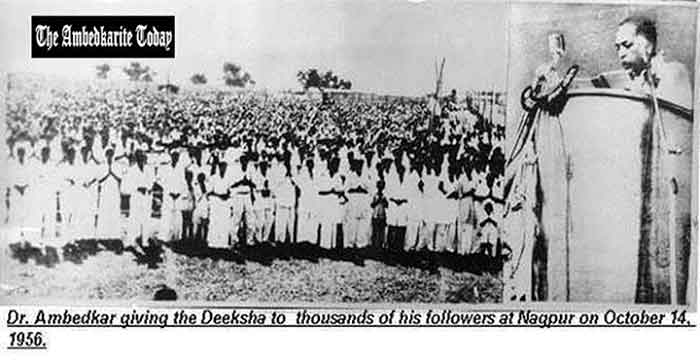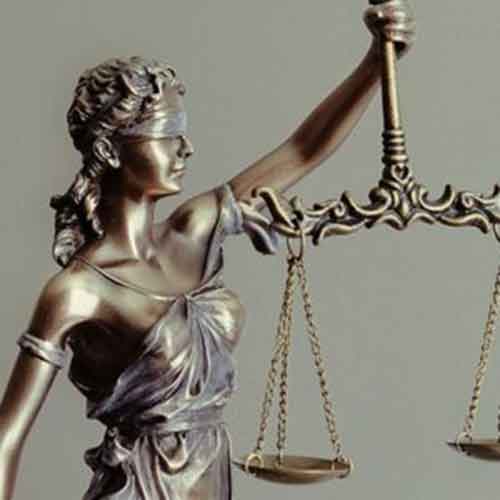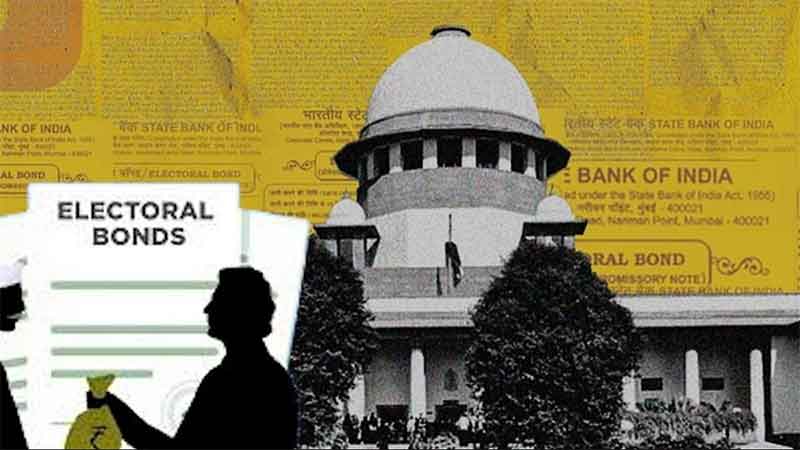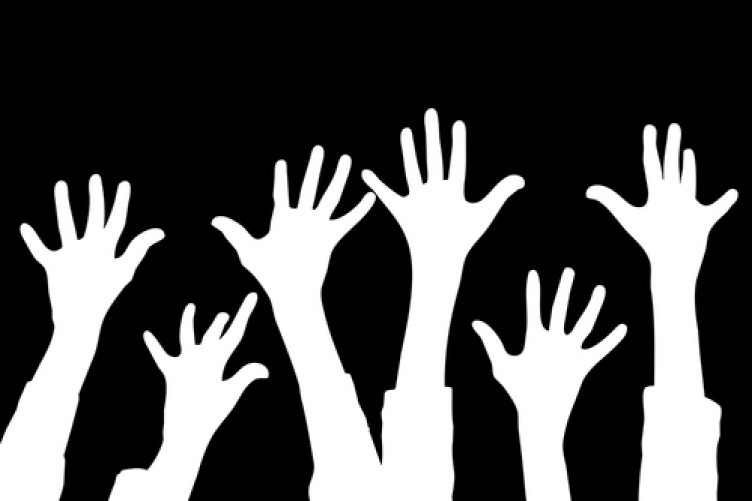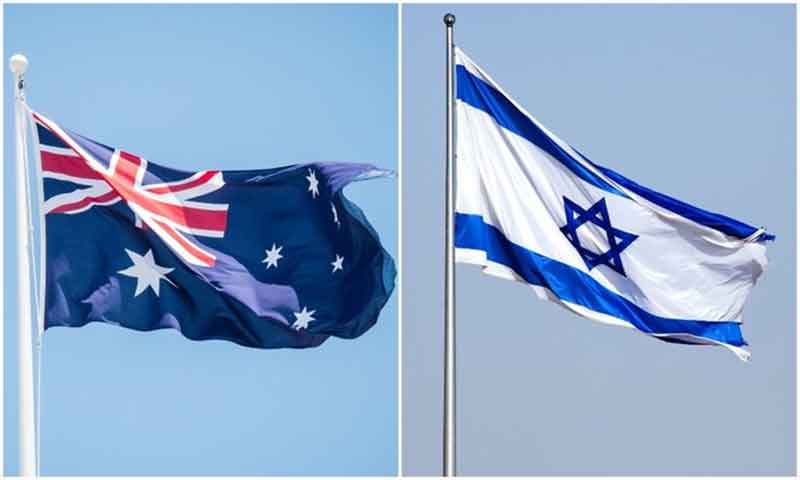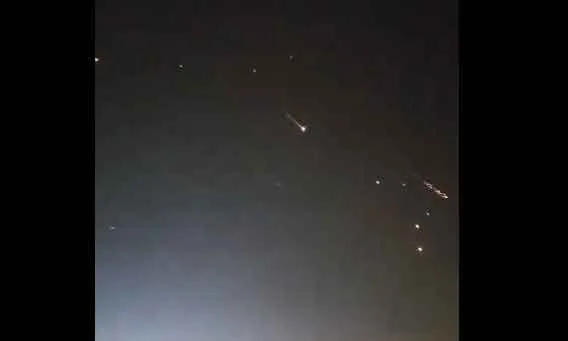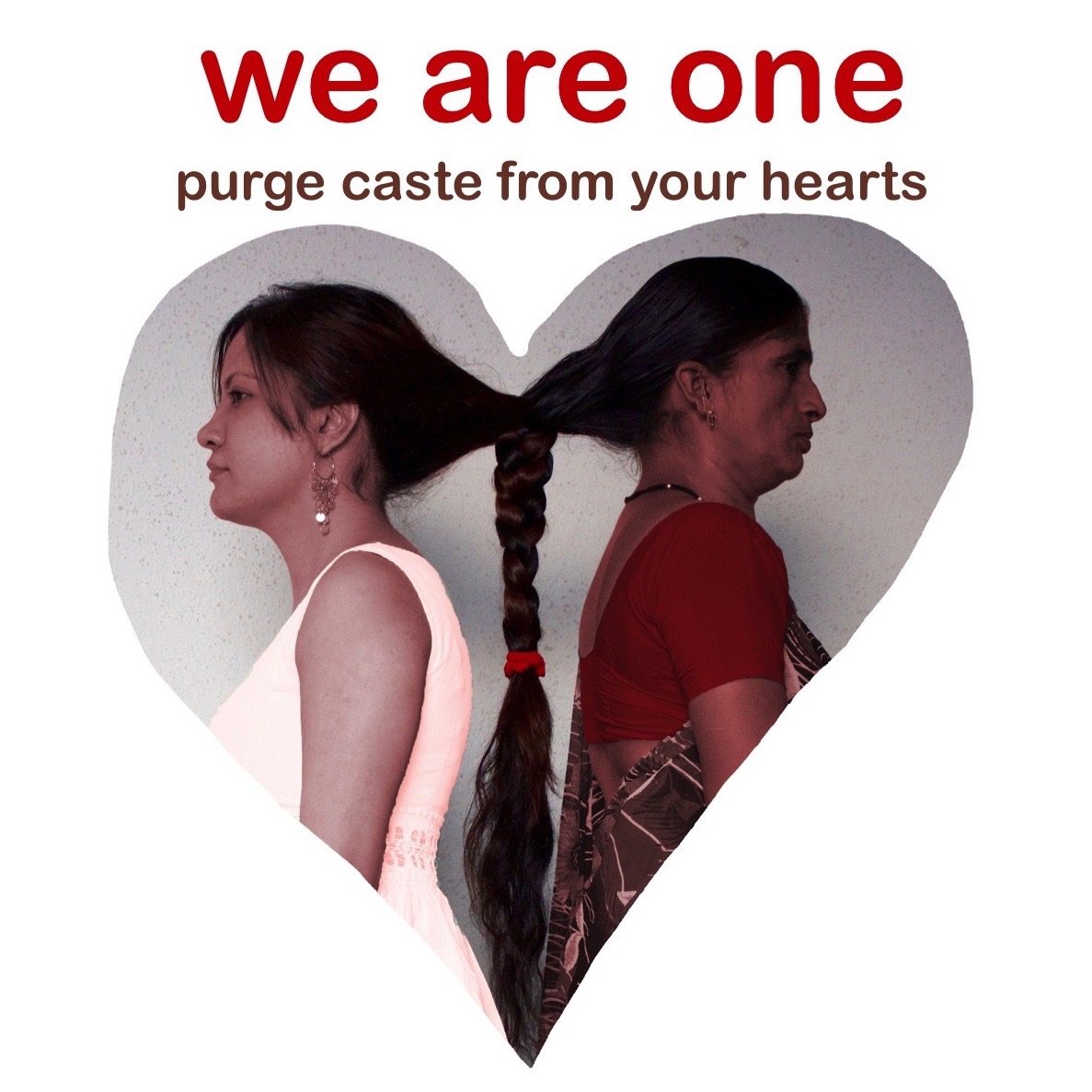
We must create a society in which women – including Black women, Native women, poor women, immigrant women,[Dalit and Adivasi women], disabled women, Muslim women, lesbian queer and trans women – are free and able to care for and nurture their families, however they are formed, in safe and healthy environments free from structural impediments.
–Statement from Women’s March’s Unity Principles, with my addition in square brackets.
In today’s India, there are women who win some and lose some while others lose some and then lose some more.
Babasaheb Ambedkar once said, “Caste is not just a division of labor, it is a division of laborers.”On March 8th, 2017, International Women’s Day and A Day Without a Woman when we wear red in solidarity, let us also raise our voices in support of the daily struggles of our Dalit and Adivasi sisters, who are victims of the Hindu caste system. The fates of all Indian women are intertwined, so let us remind ourselves that casteism—a form of racism because it discriminates on the grounds of a person’s birth and descent—still determines a woman’s place in society. India is not just a land of gender inequality; it is a land that sanctions the division of women. Until and unless we purge caste from our hearts, our struggle can never be one.
Out of the Shadow of Caste and Into Our Consciousness
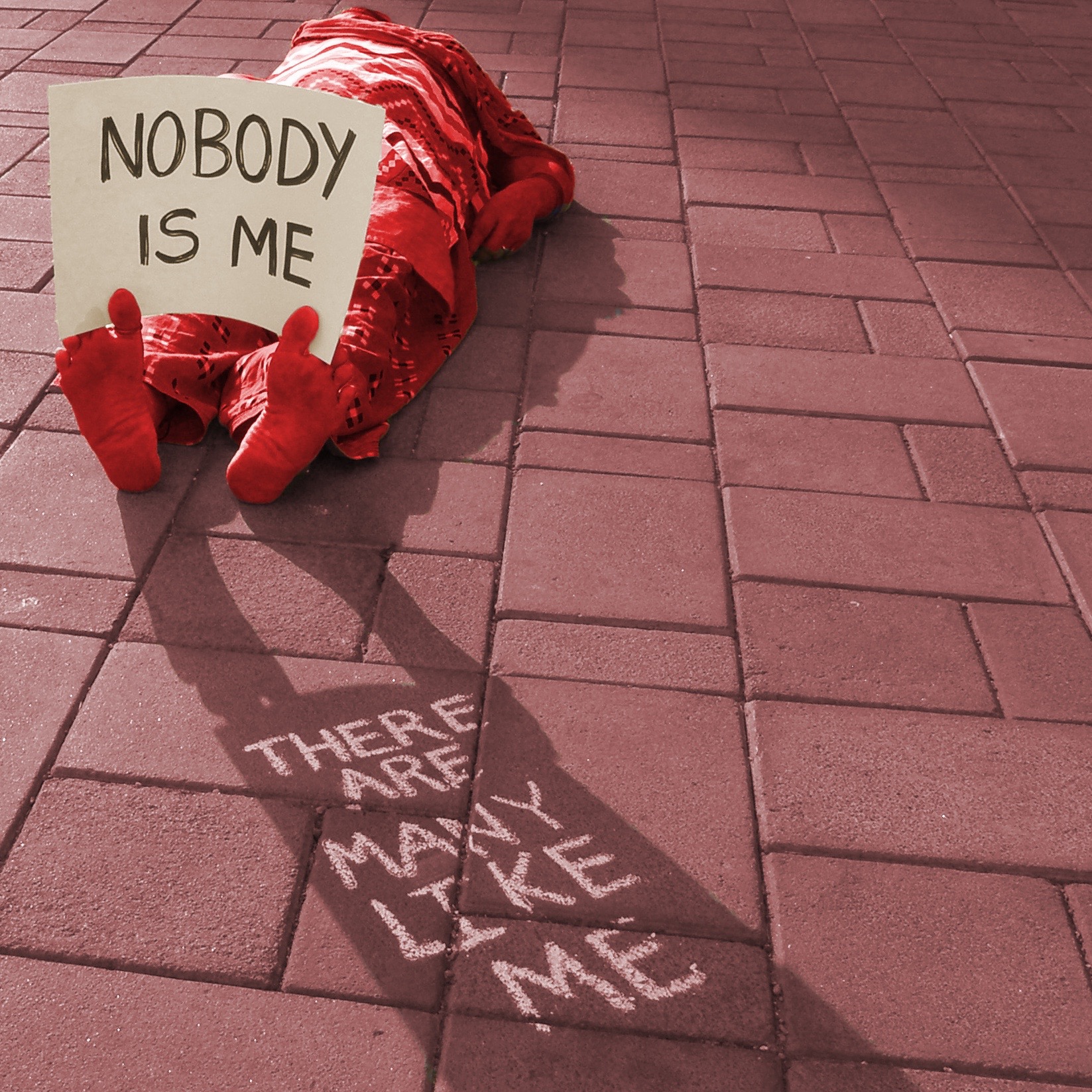
Nobody is me. There are many like me. My life has no worth in my country’s popular consciousness and my violators roam freely. I am a Dalit, an Adivasi, and no upper-caste hands hold signs with our names.
I live and die and am reborn in their shadow. This soil was once my fertile soil and I walked upon it. Now their collective usurpation has replaced it with chemicals and concrete. And I lie upon it, my feet pointing up at their mind’s gods, waiting to be recognized as a victim of their discrimination. My hands’ actions contradict my dignity and humanity. These are not my arms, but some upper-caste’s other two arms. A mechanical bonus pair, like the Hindu goddesses. A surplus, to be manipulated any which way. My fate is as old as the Hindu scriptures that gave me these wretched arms, and their usurpers have evolved. My once-sympathetic shudra comrades, born of purusha’s feet are now the post-1990s neo-brahmins that stomp on my assertive words of equality with neo-violence.
I show up sometimes as the spirit of unity and solidarity in Declaration of Empathy petitions, but I am still the more than 300,000 defeated hearts of the World Conference against Racism, Racial Discrimination, Xenophobia and Related Intolerance, which failed to recognize me as a victim of descent-based discrimination. Maybe my place is at the back of those ‘I Am’ signs, scribbled in invisible ink: Nobody is Me. There Are Many Like Me.
Priti Gulati Cox (@PritiGCox) is an interdisciplinary artist and a local coordinator for the peace and justice organization CODEPINK. She lives in Salina, Kansas, and can be reached at [email protected]. Visit caste, capitalism, climate to see more of her work.

